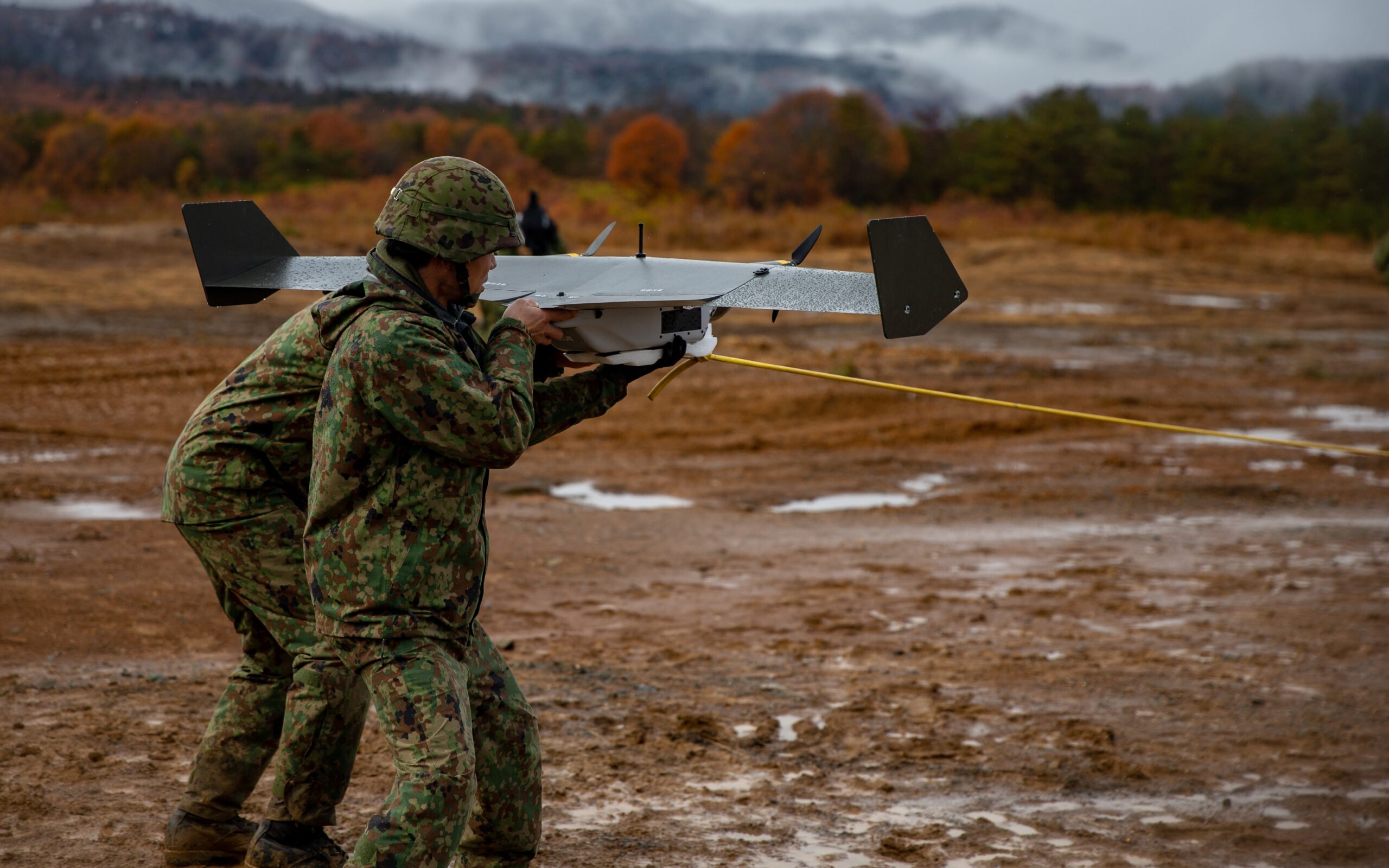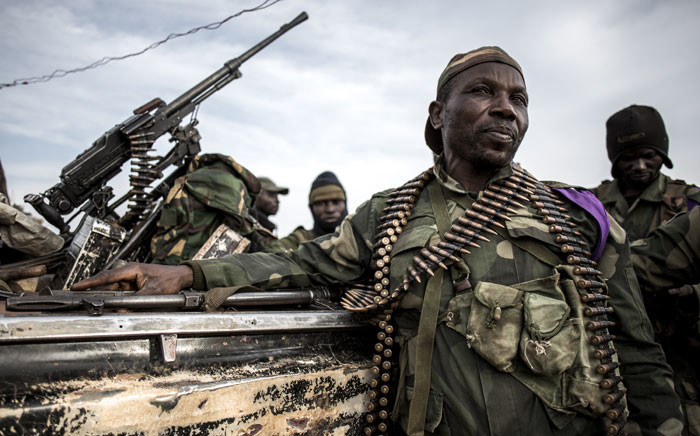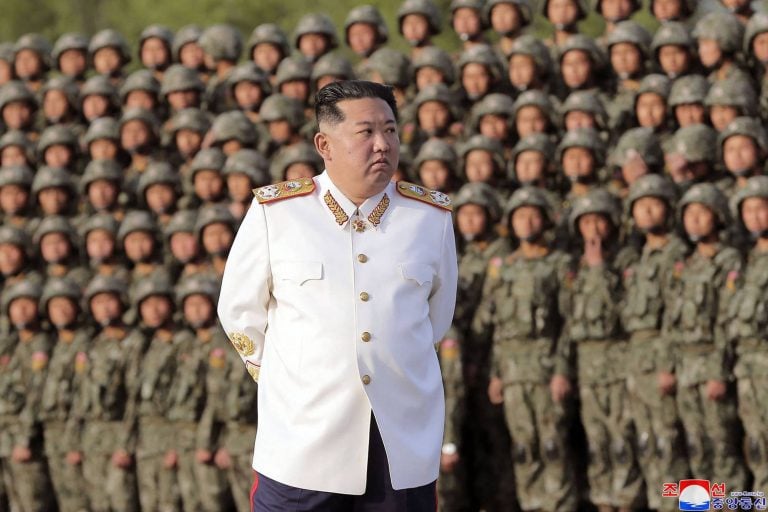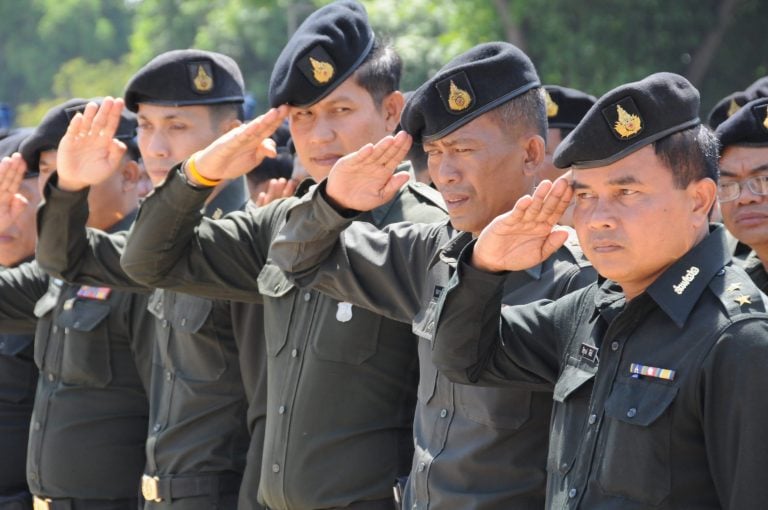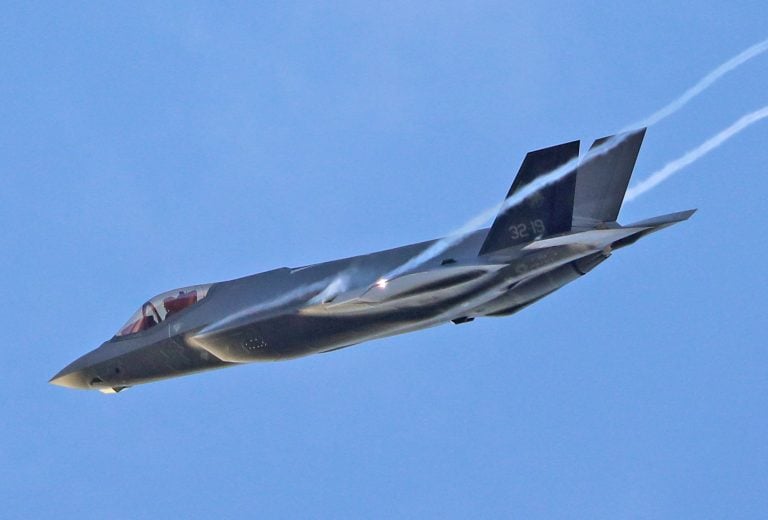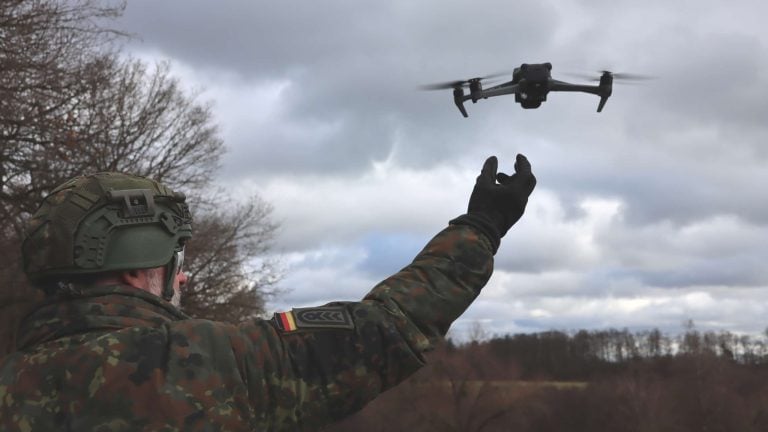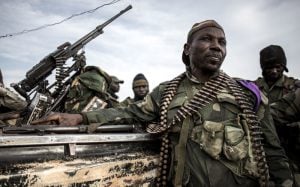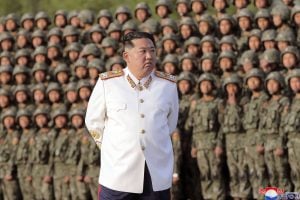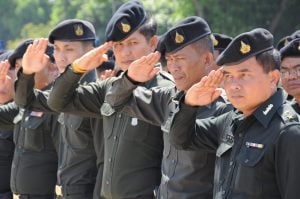In a remote area of a Bavarian forest, U.S. soldiers are utilizing a black reconnaissance drone to hone skills informed by the ongoing war in Ukraine. As the conflict evolves, the role of drones—now more affordable and widely available—has significantly altered modern warfare, with both Moscow and Kyiv employing them for surveillance and armed attacks. This development has made it increasingly difficult for military personnel to find secure hiding spots in active combat zones.
Brigadier General Steve Carpenter, engaged in training operations at a U.S. military base in Hohenfels, Bavaria, noted, “It’s a transparent battlefield. That’s why in Ukraine you see troops deep down in bunkers or consistently moving.” He emphasized the urgency for troops to remain on the move, stating, “You stop, you die.” This stark reality highlights the new operational dynamics that soldiers are now facing.
U.S. Army Chief of Staff General Randy George indicated that the lessons learned from the Ukrainian conflict are prompting significant shifts within the U.S. military structure. As drone warfare continues to evolve, there is a push to make units smaller, more mobile, and harder to target. During recent exercises involving the U.S. Army’s 3rd Brigade, 10th Mountain Division, the command post changed locations four times within nine days, with at most about 20 personnel present—far fewer than the over 100 typically stationed at command posts during past military campaigns in Iraq and Afghanistan.
George underscored the necessity for rapid adaptation, stating, “I think the most important is the speed with which we need to change,” adding that the military must become “flexible, nimble, adaptive” to the fast-paced changes in warfare technology.
The U.S. military is also venturing to accelerate its procurement processes in response to advancements witnessed in Ukraine. Recent exercises in Hohenfels showcased this urgency, as new transport trucks were tested just three months after initial requests to General Motors were made—potentially a record turnaround for military procurement.
However, scaling up drone production remains a significant challenge for the United States. Unlike Russian and Ukrainian forces, which often utilize inexpensive, readily available Chinese drones, U.S. officials are wary of relying on products from a potential adversary amid escalating tensions with Beijing. Compounding this issue is the noticeable decline in the U.S. industrial base, with defense industry employment having plummeted by 1.9 million—roughly 63.5 percent—since 1985, according to the Department of Defense.
Colonel Dave Butler, communications adviser to General George, recognized the disparity, stating, “American industry doesn’t have the ability to produce drones like the Chinese.” He highlighted Elon Musk, calling him the only figure with the potential to scale drone production to wartime levels due to Tesla’s self-sufficiency in manufacturing components.
Musk, already a prominent figure in American politics and a close adviser to former President Donald Trump, stands at the center of discussions about future U.S. drone capabilities. The urgency for domestic manufacturing of components like flight controllers and cameras is palpable, as Miller stressed that NATO allies must also be involved in bolstering the supply chain and technological capabilities, stating, “It can’t just be us – it’s got to be Europe too.” This collaborative approach may be crucial as the U.S. military navigates the complexities of modern warfare and its reliance on advanced drone technology.
